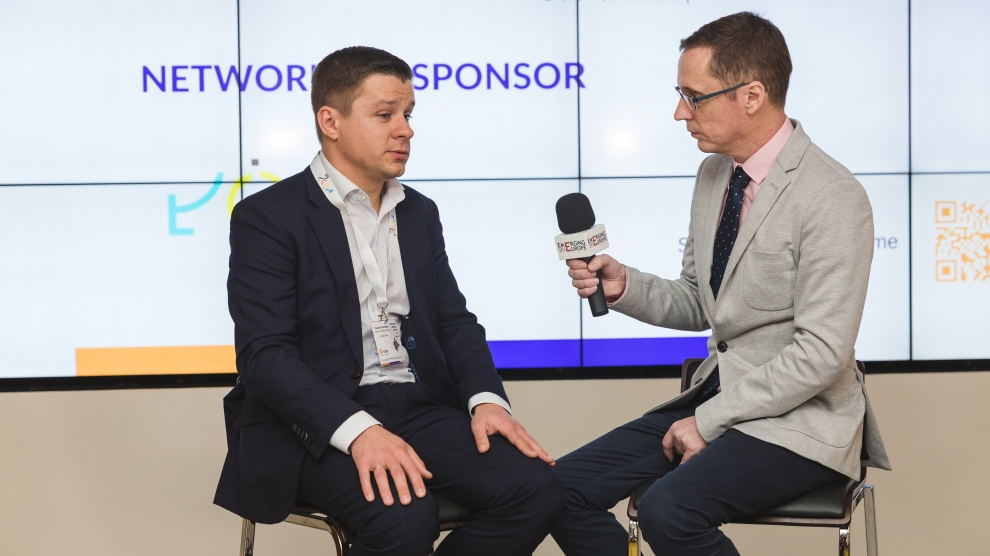Successful outsourcing deals tend to be characterised by a change in the nature of the relationship between the buyer and the vendor towards true partnerships, rather than transactional relationships. Such a partnership means both parties are incentivised by the same outcomes and aligned to the buyer’s objectives. What’s your take on that?
What has made NIX successful for over two decades is that we are always forward-looking when we deliver services and products. While we endeavour to make the project at hand highly successful, our strategy — and, you might say, our company credo — has always been to form solid, long-term partnerships that clients can depend on for years.
I believe that the term partnership can be and often is understood differently by buyers and vendors. Do you think the term outsourcing will be replaced with collaborative partnering?
It’s likely that some part of outsourcing will convert to collaborative partnering. I say “some part” because it means a lot more than the kind of quick money and “we’ve done what you asked for” transaction. Long-term collaborative growth means shared goals and shared risks. Not all companies are willing or equipped to do that.
What is lacking then?
Collaborative partnering requires vendor management maturity, and readiness to invest now in building long-term relations. Not all vendors are ready to go this way.
For example, some of them, known as ‘body-shops’, operate in a fast turnover model, hiring engineers for exact projects and firing them when the project finishes. Such vendors will not invest the full team effort for weeks and months to earn initial trust and gain knowledge. And they won’t send the team onsite at their own expense. As such they’re not prepared to work in a true partnership model.
One day the market will just kick them out, but with current demand I don’t think this will happen anytime soon.
The sector is growing and evolving really fast. If we look at the UK alone, in 2017, 73 per cent of the UK outsourcing industry was comprised of information technology outsourcing (ITO) contracts. UK businesses spent 3.8 billion GBP, more than twice as much as in 2016, on ITO. Is there time for relationship building?
For sure. ITO is aimed at developing and/or supporting a software product or service. If the product/service is successful, its development and support is ongoing. There are several moving parts in this market: competition is strong, users and clients are constantly demanding new features and more user-friendly interfaces, technologies are rapidly evolving, and regulations are getting stricter (for example, GDPR forces companies to add specific features and scenarios to their software). Having a true partner who will help you with ITO is a good idea and finding the right one requires some relationship-building effort.
We have said that the sector is developing fast. How can a vendor be up-to-date with all the changes and developments: automation, AI, IoT as well as legal requirements, such as GDPR?
The short answer is to learn, learn, learn and then, learn again. There are numerous ways to do it.
Build a robust R&D department. Do R&D not only in tech, but also in business and legal domains. Attend important conferences and events. Exchange information even with competitors. Share knowledge within the company. Experiment with your own products in the latest tech and business domains. Work with startups, particularly in a risk-sharing model. And always be eager for more!
What are the biggest challenges that a vendor has to struggle with when providing services to clients?
The biggest challenge, especially with a new client, is getting a true understanding of their business need and finding the best solution for it. It takes a lot of expertise to translate the client requirements into a feasible development plan that your software developers can work from. This must be done way before the project starts, specifically during the discovery phase, which includes a pilot and proof-of-concept tasks.
Otherwise, the true understanding will come after two-three months after the project is done when a lot of time, money and resources has already been wasted.


Add Comment